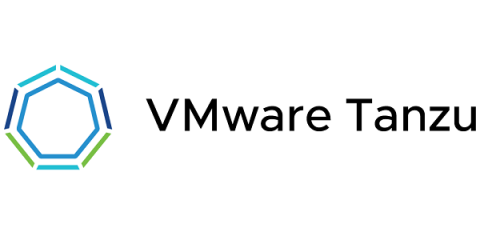Operations | Monitoring | ITSM | DevOps | Cloud
November 2020
5 Steps to Financial Services App Modernization
In recent years, traditional financial services companies have increasingly come under attack from fast-moving financial technology firms—or “fintechs”—which use software to erode the market share of their competition.
Tanzu Talk: managing remote working, strategy & people
Kubernetes Is Not Just Kubernetes-Ramp Up with These Eight Open Source Projects
Tanzu Talk: Speed up with Test-driven Development
VMware Tanzu SQL, Now GA for Kubernetes: A Consistent Postgres Experience Everywhere
Data services—such as caches, messaging queues, and relational databases—are the backbone of applications. And when it comes to relational databases, Postgres is a pretty popular option. Its killer feature is its versatility. Natively and through plugins, Postgres supports a wide variety of data types, formats, and programming languages, which makes it useful for all kinds of applications, including text, geospatial, graph, and more.
Run Your Legacy .NET in the Cloud with Tanzu
Admit it, you’ve got them: legacy .NET applications in production supporting the business. How many times have you been asked the hard question of how you’re going to run those apps in the cloud?
IDC Technology Spotlight: Enterprise Cloud-Native Apps and Infrastructure Need Modern Observability
In a new research paper, Mary Johnston Turner, IDC research vice president for cloud management, explains why cloud-native applications and infrastructure require modern observability. IDC's research shows that 97 percent of global enterprises use connected cloud strategies that depend on a diverse mix of on-premises, off-premises, hosted, edge, and public cloud infrastructure.








